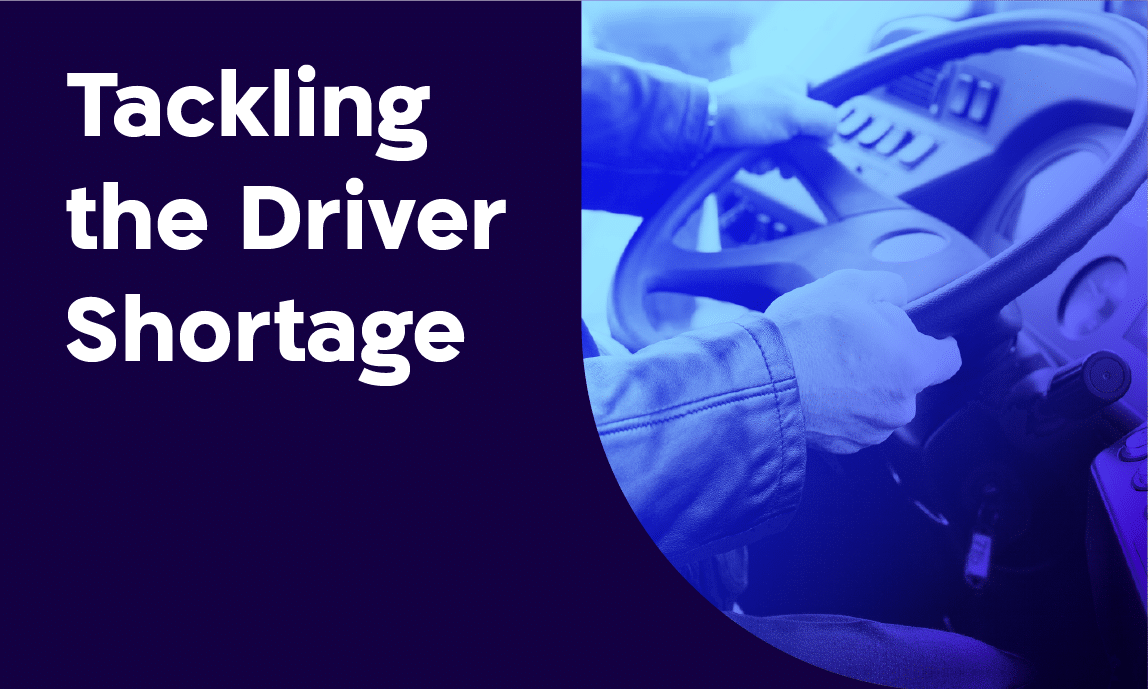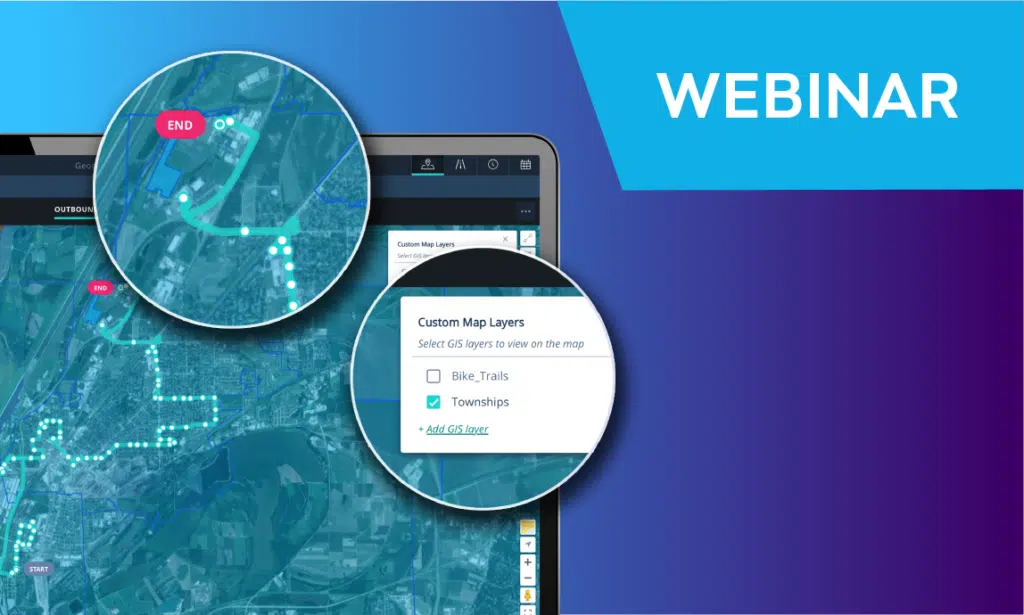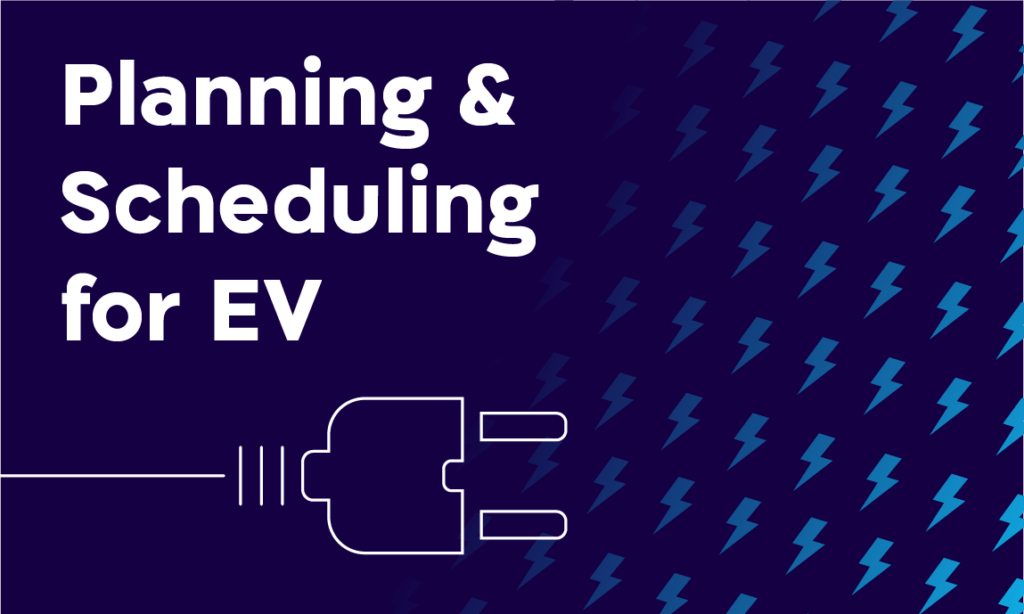This webinar was held as part of the announcement of OnTime module of the Optibus platform.
The OnTime module uses artificial intelligence and historical data to predict and analyze on-time performance. Doing that allows schedulers to tweak and change schedules so that the entire schedule has a higher likelihood of on time performance, leading to better operations overall.
Dr. Robert Ishaq, a research associate at the Transportation Research Institute and a lecturer at the Technion Faculty of Civil and Environmental Engineering opened the webinar.
Dr. Ishaq began by referring to Jarrett Walker’s book “Human Transit: How Clearer Thinking about Public Transit Can Enrich Our Lives”
“I always start the presentation with the passengers’ 7 demands of human transit. We, as transportation planners, do this because we believe the customer comes first. Here are the seven demands
- It takes me where I want to go
- It takes me when I want to go
- It is a good use of my time
- It is a good use of my money
- It respects me in the level of safety, comfort, and amenity it provides
- I can trust it
- It gives me freedom to change my plans”
The bus is late!
Dr. Ishaq then went on to explain what happens when a bus is not on time, due to any number of reasons: a delay carried by a previous trip, unexpected road blocks or traffic jams, accidents. In this case transit becomes unreliable. A route that operates every 4 minutes is now inconsistent. Bus bunching begins, where two or even three buses arrive together; other issues are overcrowding of buses. This is where principles number 6 and 7 are breached – service becomes unreliable.
Dr. Ishaq then quoted fascinating research from Dr. Oded Cats – regarding the impact of improving on-time performance of bus services in Stockholm. In this case improving on time performance drove significant improvements:
- Annual savings of 5-6 million USD per line
- Improved passenger travel time: an overall 10% reduction, 25% of which was excess waiting time
- Reduced stress levels for drivers
Before we started the OnTime demo, we begun by polling the webinar audience.
The first question we posed was:
How do you currently address on time performance issues at the planning stage?
Responses varied, and here are some of them:
- Using AVL data on a quarterly basis (this was the most common response)
- By booking period
- Review AVL manually, highlight areas that need improvement. This is done 5 times per year.
We then presented another question:
What concerns you most about on time performance?
- Rider loyalty
- Penalty
- Driver compensation
- Control room chaos
The clear winner was rider loyalty with 71%, and 10% mentioned penalties.
A revolution – Opibus OnTime
Our next speaker was Shaun Bretstein, Director of Global Sales at Optibus. He spoke about the drivers behind the development of OnTime. He mentioned the fact that different customers seemed to be suffering from similar on-time performance issues. It quickly became evident that the main contributors were the gaps between the plan and the actual.
The two main contributors are:
- In-day changes that you can’t plan for – road closure, vehicle breakdowns – events that require real-time response
- However, another main contributor is bad planning. This is when the plan is formulated without learning from past experience. So although, for example, a certain route results in bus bunching, the schedule isn’t changed, although the data does contain the fact that historically there were on-time performance issues for that schedule.
What Optibus OnTime does is take the historical data, our customer’s AVL, and other relevant data, apply AI to highlight those areas in the schedules which are suffering from poor on-time performance, and optimize the schedule to meet a certain on-time target.
You can view the entire webinar video by clicking here , and read more about OnTime on our blog post.



